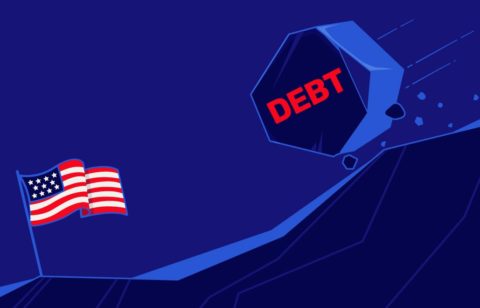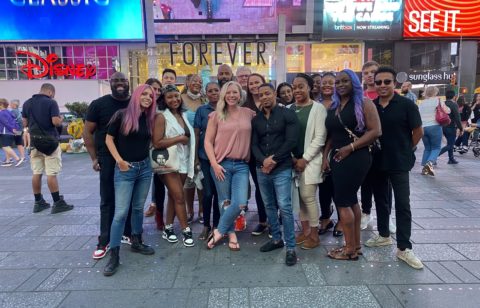If you are struggling with debt, you may have heard the term “debt consolidation” used in conjunction with “debt consolidation loan.” But did you know that you can consolidate debt yourself without taking on more of it?
Here’s what to do:
- Prepare a list of your debts and arrange them in the order of priority or those you feel are the most urgent. If there is a creditor threatening legal action or a very high interest bill, those should be paid off first.
- Next, calculate what you can afford to pay. Start by listing your income including your wages and any other forms of income. You will then use this number to calculate the total amount you can afford to pay per month on all your bills.
If there’s a collection agency involved
- Decide who you want to pay first and make sure those creditors still have your debt as they may have sold it to a collection agency (CA).
- If you find that any of your debts have been sold to CAs, you will need to ask them to validate your debts before you begin paying. You should use a debt validation letter to do this.
Negotiate
- The fifth step is to contact your creditors and negotiate with them to reduce your interest rates and the payments on your debts that have very high interest rates.
To ensure your total monthly payment does not exceed what you can afford to pay, keep a running total of how much you have agreed to pay each of your creditors. You can also ask your creditors to waive any late fees.
People Also Read
Consolidate credit card debt
If some of your credit cards have small balances, you can consolidate them into another credit card using a balance transfer. If you choose a zero-balance transfer credit card, you can transfer your balances from other cards and pay no interest for six months to almost two years.
You will have to continue paying against the balance owed but your payment will likely be lower. When your “grace period” runs out, you will be paying much less interest because you are making a single payment on a card with a lower interest rate. Be sure to keep an eye on the offer’s expiration date since that’s when the rate skyrockets.
If you can’t handle DIY debt consolidation
If you are seriously over your head in debt, you may not be able to do debt consolidation yourself. In this case, you could apply for a debt consolidation loan. If you have an asset such as your house, an automobile, or a vacation home that you can use as collateral, you should be able to get what’s called a secured loan.
If not, you may have to try for a personal loan or an unsecured loan. These generally carry higher interest rates than secured loans because the lender is taking more of a risk. Be aware that unsecured loans are easier to qualify for.
The “Catch-22”
The problem with a debt consolidation loan is that the more you need one, the more difficult it can become to obtain. There is an old saying that banks only want to lend money to people who do not need it. While this is not entirely true, it is a fact that financial institutions are hesitant about lending money to borrowers who are already deeply in debt. If you have trouble getting a decent loan, debt settlement might be a better option.
How we can help
National Debt Relief has helped thousands of families resolve their debt in as little as 24 to 48 months and live happier, less stressful lives. Fill out the free debt analysis form on our home page to see how we could help you enjoy relief from your debts and take that weight off your shoulders.










